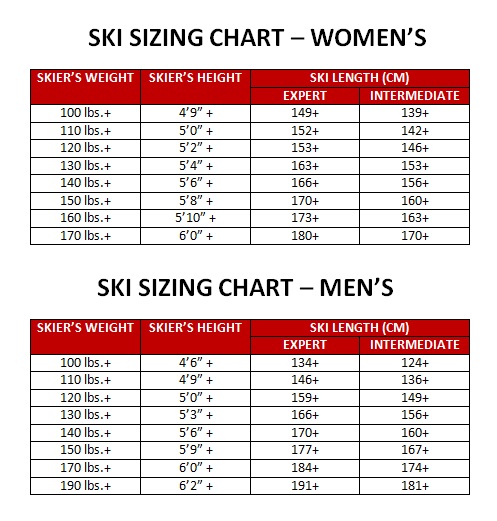The Conundrum of Ski Width: Navigating the Snowy Landscape
The whisper of snow beneath your skis, the exhilarating rush of descent – the experience of skiing is a symphony of sensations. Yet, the harmony can be easily disrupted by an ill-suited instrument: your skis. One of the most pivotal decisions a skier faces is determining the appropriate ski width. What ski width is right for me? It’s a question that echoes through ski shops and online forums, a query as old as the sport itself.
Choosing the correct ski width is akin to selecting the right brush for a painting. A fine brush for delicate details, a broad brush for sweeping landscapes. Similarly, different ski widths cater to varying snow conditions and skiing styles. Selecting the appropriate width is paramount for maximizing performance and enjoyment on the slopes.
From the earliest wooden planks to the high-tech composites of today, skis have undergone a remarkable evolution. This journey reflects a constant striving for improved performance and control, and ski width has played a crucial role in this ongoing refinement. Early skis, often narrow and unwieldy, offered limited floatation in deep snow. The evolution of wider skis revolutionized the sport, unlocking new possibilities in powder and challenging terrain.
The primary issue in determining optimal ski width lies in the complex interplay of factors influencing the decision. Snow conditions, skier ability, skiing style, and terrain preference all contribute to the equation. A ski too narrow may sink in deep powder, while a ski too wide can feel cumbersome on groomed runs. Navigating these variables requires careful consideration and an understanding of the underlying principles.
Essentially, ski width is measured in millimeters at the widest point of the ski. This measurement directly impacts the ski's floatation in powder and its maneuverability on harder snow. Wider skis, generally above 100mm underfoot, are designed for deep powder and offer exceptional buoyancy. Narrower skis, typically below 85mm, excel on groomed runs, providing precise edge control and quick turns. Between these two extremes lie all-mountain skis, offering versatility for varying snow conditions.
The history of ski width is intrinsically linked to the evolution of skiing itself. As skiers ventured into deeper snow and unexplored terrain, the need for greater floatation became evident. This led to the development of wider skis, allowing skiers to conquer challenging conditions and experience the thrill of powder skiing.
One benefit of choosing the right ski width is enhanced performance. With the correct skis underfoot, you can navigate the terrain with greater ease and efficiency. Another advantage is increased comfort and confidence. When your skis are well-suited to the conditions, you’ll feel more in control and enjoy a smoother, more enjoyable ride. Finally, selecting the appropriate ski width can minimize the risk of injury. Skis that are too wide or too narrow can make it more difficult to control your speed and direction, increasing the likelihood of falls.
Consider these factors when choosing your ski width: What type of terrain do you typically ski? What is your skill level? What is your preferred skiing style? Honest answers to these questions will guide you towards the ideal ski width.
Choosing the correct ski width is a journey of self-discovery on the slopes. It’s about understanding your own skiing style and the terrain you love to explore. With the right skis beneath your feet, you can unlock a deeper connection with the mountain and experience the true magic of skiing.
Decoding p0001 understanding fuel volume regulator control circuit open
Decoding the emo pics aesthetic boy phenomenon
Rescuing your wood floors a guide to eradicating water spots











